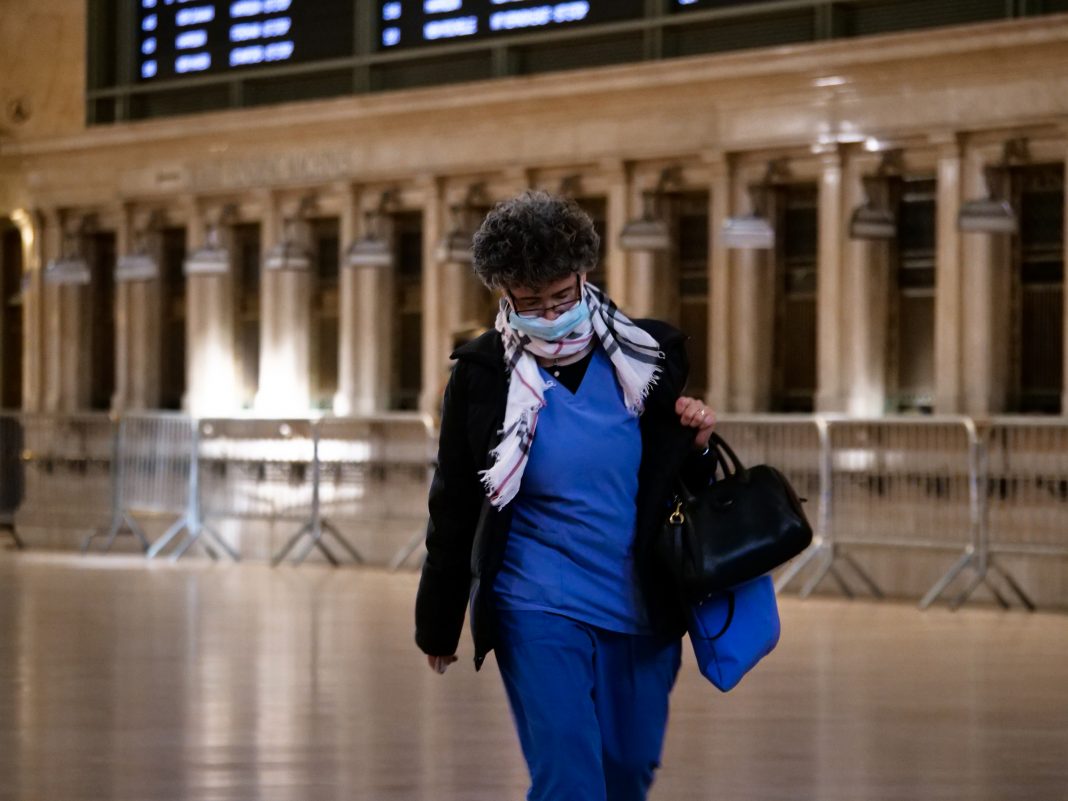Data reveals that patients with heart disease who come from disadvantaged communities experience more complications after their surgery – including a higher risk of death
Research finds that patients with mitral valve disease who live in disadvantaged communities are more likely to experience complications – and are at higher risk for death – after surgery than those with higher socioeconomic status (SES).
Using data from the STS Adult Cardiac Surgery Database, researchers recognised 46,831 adult patients who had isolated mitral valve repair or replacement for degenerative mitral disease from 2012 to 2018, many of which had this surgery for the first time.
They then collected data on socioeconomic status, using the 2018 Area Deprivation Index (ADI) – a geographically-derived measure used to assess average income, education, employment, and housing quality for a given region.
From this research, they found that not only did low SES patients have a higher complication rate (48% vs. 40%), but also a higher 30-day mortality rate (2.9% vs. 1.3%).
Access to care and travel time can be discriminatory to patients
The researchers questioned participants on the ADI at a single city block level or rural equivalent, finding that low SES patients (who more commonly received health care under government payor programs such as Medicare and Medicaid at 63% vs. 49%) had more emergent surgery (21% vs. 13%), with minimally-invasive approaches used less often (24% vs. 39%).
Additionally, low SES was associated with a lower mitral valve repair rate (65.3% vs. 82.8%), also making patients have a higher risk of blood clots and other conditions. Mitral valve repair is known as the optimal surgical procedure to treat mitral valve disease, which can help to minimise complications that can occur with replacement, including the risk of blood clots with mechanical valves.
Amit Iyengar, MD, MSE, from the University of Pennsylvania in Philadelphia, said: “We collaboratively undertook this work with The Society of Thoracic Surgeons to better understand the impact of socioeconomic status on mitral valve surgery in the US.
“The STS Adult Cardiac Surgery Database was linked with a very robust composite metric that evaluates average SES based on census block tract groups, and showed it relates to mortality and rate of achieving a successful repair, independent of all other demographic or hospital and surgeon-level characteristics we had available.”
Dr. Iyengar added: “We confirmed the effect of ADI by looking at it more closely in smaller bootstrapped subsets. We did this thoughtfully, trying to shed some light on the mechanisms by which socioeconomic status would affect outcomes.
“Neighborhood SES is associated with differing valve pathologies and presentations. Clinically, the extremes of SES represent two differing patient populations—elective degenerative pathology (high SES) and more urgent, non-degenerative pathology (low SES).”
SES patients also commonly travel farther for surgery
The study also highlighted that high SES patients tend to travel farther for surgery (33 vs. 17 miles) and also receive operations from higher volume surgeons (62±69 vs. 31±46 cases/year).
This affects patients as they are less likely to attend regularly required medical check-ups, as well as access treatment in urgent situations, which also increases health risks associated with these conditions.
Access to care and the ability to travel to a high-volume mitral valve specialist were “clearly revealed as a discriminator” by the authors, stating that it negatively impacts those living in socioeconomically deprived neighbourhoods.
Sloane Guy, MD, MBA, from Thomas Jefferson University in Philadelphia, said: “The data are very revealing and show several important findings such as lower SES patients have bigger incisions, fewer repairs, and worse outcomes in terms of complications and mortality.
“There have been many papers out recently suggesting that certain groups of patients based on sex, race, or socioeconomic status have poorer outcomes.”
“The usual conclusion drawn is that such patients are getting worse medical care. But the issue is more complicated, and I think most of us live by the tenant that we treat all patients the same regardless of any patient characteristics.”
“Presumably, they have limited resources and options compared to those living in other neighbourhoods.”
The authors suggest that more research is required and through addressing treatment disparities, health providers should focus on improving patient access to quality health insurance, care, and information.








